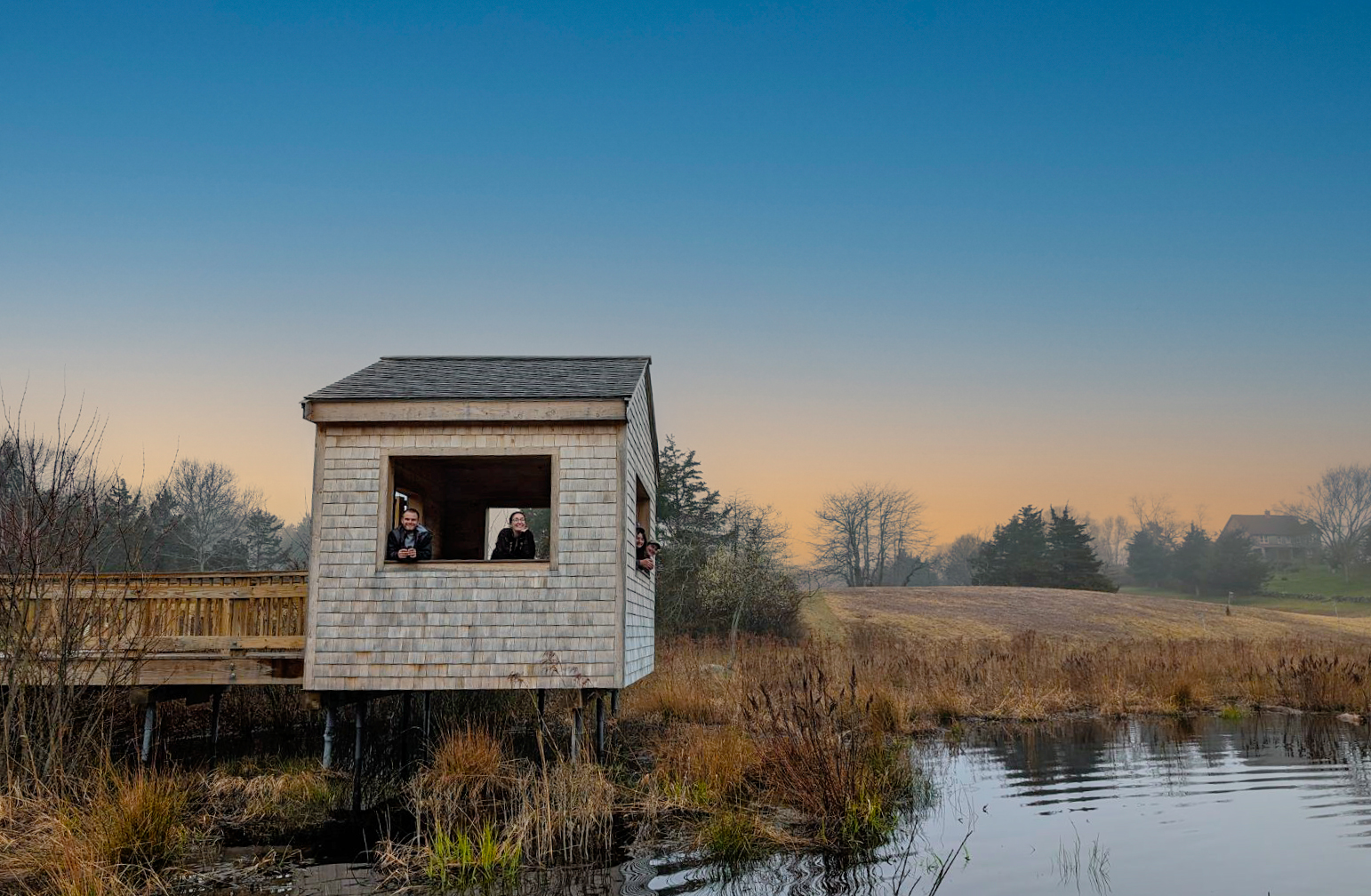Throughout the winter of 2013 and 2014, bird watchers from Maine to Florida have been flocking to see the Snowy Owl irruption.
Now a new (and less appreciative) audience is experiencing the Arctic visitors – birds returning north to find Snowy Owls on their historic breeding grounds.
Brad Winn, Manomet’s director of Shorebird Habitat Management, photographed a hostlie encounter between a returning Osprey and a Snowy Owl at Angelica Point near Mattapoisett, Massachusetts.
“The Osprey had just returned a few days earlier and did not appreciate the new unwelcome neighbor on the beach,” Winn said. “Snowy Owls still remain on many Massachusetts beaches, and confrontation will only heat up between the owls and other birds as the mating season sets in. However, an Osprey that is aggressive toward an owl during the day may become quite vulnerable at night when the owl has full hunting capacity.”
Snowy Owls are sensitive to heat stress and many owls that irrupted to the southern and mid-Atlantic U.S. this winter have already started to head north. Others may remain through most of April or May before heading back to the Arctic tundra. Many of the Snowy Owls that irrupted to the U.S. this winter are young birds that will not breed this year and returning to the Arctic to set up a territory is not a priority.
The Snowy Owls in New England have been feeding primarily on sea ducks but they have shown a willingness to eat a wide variety of prey.
“They are generalists, they’ll eat anything they can bring down,” Winn said. He said that he had received a report of a Snowy Owl eating a Purple Sandpiper in Rhode Island.
Manomet’s Shiloh Schulte, who is the coordinator of the American Oystercatcher Recovery Campain, said that Snowy Owls had taken several returning oystercatchers on Nantucket in recent years.
“The Snowy Owls are still around in late winter and shorebirds are coming back, that’s when you’re going to have that potential overlap,” Schulte said.
– Dave McGlinchey





 Back to all
Back to all